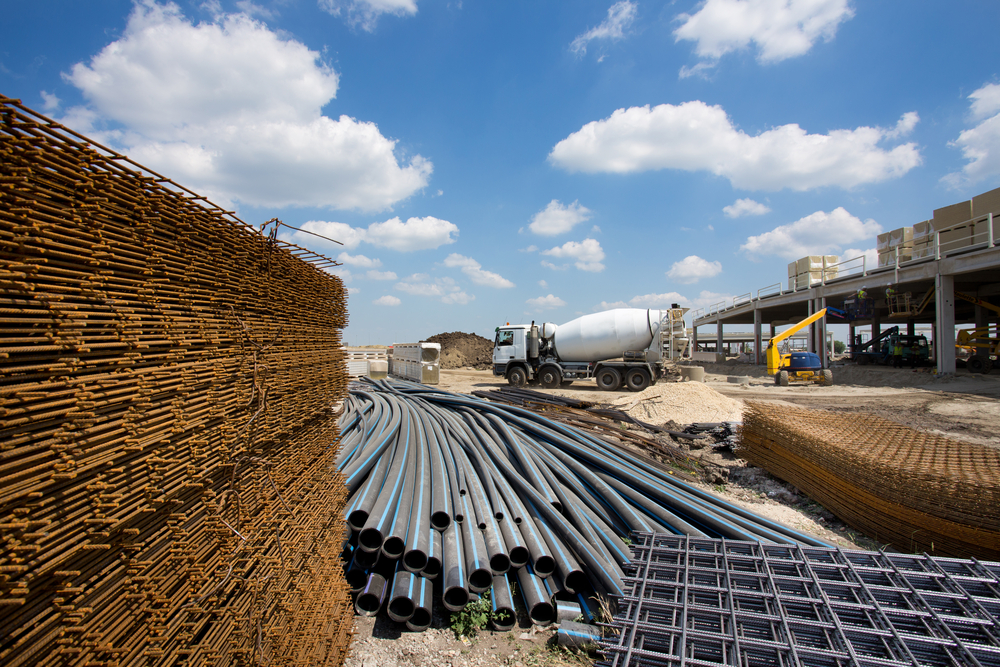The construction industry is just one of the many industries facing supply chain issues. Now, experts predict that these problems will continue for some time. The specific conversation regarding construction supply chain issues mirrors that of other supply chain problems—experts agree that it will take a long time for the challenges to resolve themselves.
The Extent of Supply Chain Issues
To provide an idea of the extent of the supply chain issues, consider some figures from September. As of then, there were 65 ships waiting in Long Beach and Los Angeles ports for their chance to unload. This was a record-breaking figure.
As of July, load-to-truck costs increased over 70% from the previous year. Fuel costs increased 37% in the same timeframe.
Metal Has Worse-than-average Issues
As mentioned, steel is one of the construction-related materials facing the biggest supply chain problems. This applies to the industrial metal as a whole, not just steel. Estimates indicate that industrial metals now cost 70% more than they did pre-pandemic.
Some of this comes from the temporary mine closures during the pandemic. The production pause only made the problem worse when the mines re-opened, as the demand had built. The supply chain problems have only compounded the issue.
The Expected Impacts of the Construction Supply Chain Issues
In addition to predictions that the construction supply chain issues will last for a while, experts also have predictions as to how they will affect various industries.
Rising Industrial Real Estate Costs
One prediction is that the cost of industrial real estate will rise, “pinching” consumers and businesses. This comes directly from the lumber and steel shortages due to supply chain problems.
CBRE reports that the US has a record high of new products under construction, totaling 410 million square feet. However, completions of those products have dropped for two consecutive quarters. These figures showed just 54.66 million and 51.67 million square feet in Q1 and Q2 2021, respectively. By contrast, the five-year average was 64.3 MSF per quarter.
These figures indicate that projects begin but then get stopped due to a lack of materials.
Higher Shipping Costs
Those in the construction industry, as well as any other industry, will continue to see high shipping costs as well. While the capacity for shipping has returned, there is still a significant backlog due to the pandemic.
The experts predict that an increase in container capacity will somewhat minimize this. However, we can’t expect to see that positive impact until 2023.
Those in the construction industry should keep all of this in mind as they handle their projects.
How can we help you?
Searching for an opportunity in the construction industry? Contact The Birmingham Group’s team of seasoned commercial construction recruiters today to discuss your career path or browse our open positions.
Are you a hiring authority in need of construction talent? Submit a search request today.
–





